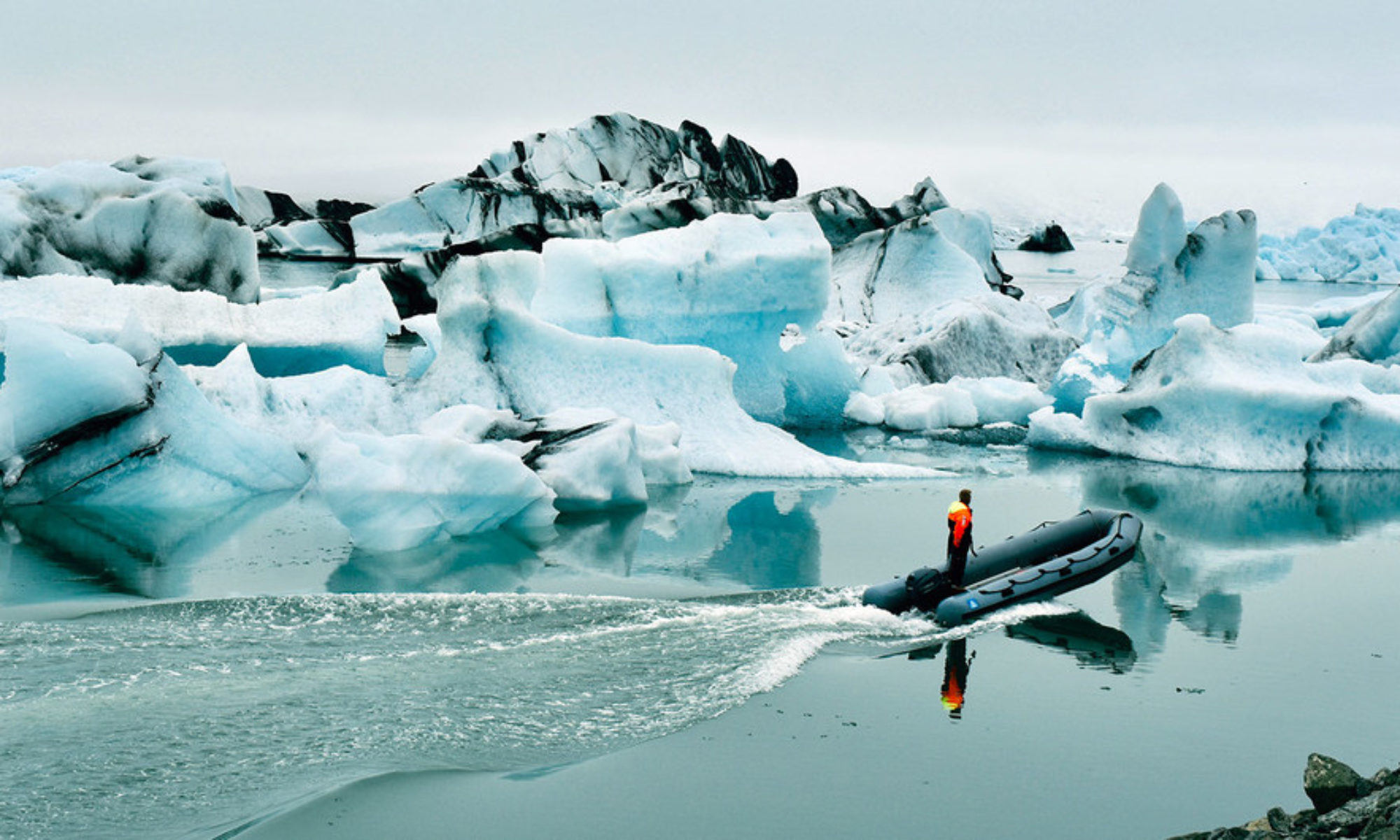Ashcroft crafted this book in a very organized fashion, clearly denoting what each section will discuss, the knowledge she hopes to share, and the examples she will provide to elaborate on each concept. As a result, you won’t be lost or confused about which ideas Ashcroft tries to convey across the pages. With bold headings and poignant examples, Ashcroft provided many examples of both humans and animals with particular adaptations to overcome the harsh conditions they inhabit.
 Ashcroft masterfully covered the major forms of extreme weather on earth and outside it, giving the reader a diverse array of topics to browse from. Due to the organization, you do not have to read the book in any particular order, but instead bounce around and choose which sections to spend time on and which to skip without interrupting the flow of the book.
Ashcroft masterfully covered the major forms of extreme weather on earth and outside it, giving the reader a diverse array of topics to browse from. Due to the organization, you do not have to read the book in any particular order, but instead bounce around and choose which sections to spend time on and which to skip without interrupting the flow of the book.
Moving past the organization, Ashcroft delivered in her promise to present life at the extremes. With a plethora of real life human and animal examples, Ashcroft illustrates the landscapes that push the human body to the limit and pulls you into the environment itself. I felt my pulse quicken as she described the physiological changes before and during a race, and shivered at the thought of trekking across the Arctic. These examples were not only interesting but provided detailed information that leaves the reader with more knowledge than before reading the book. Not only can you learn more about your body, but some of the details in the book can actually help you optimize your body, like through diet and exercise.
 While I believe Ashcroft’s book possesses many strengths, there are some weaknesses that detract from the book’s luster. Although impeccably detailed, I believe that the overabundance of examples and scientific asides may have left the reader muddled in the specifics. With sometimes dense references to math, physics, and science, the technicalities of the mechanisms felt somewhat overelaborated and may have lost touch with the reader, especially if science is not their background. Moreover, she included many different animal adaptations, which took away from the main focus of the human anatomy. In addition to these examples, I believe she also spent too much time on the history of certain events, which on the whole does not serve the book’s purpose in describing life in extreme conditions.
While I believe Ashcroft’s book possesses many strengths, there are some weaknesses that detract from the book’s luster. Although impeccably detailed, I believe that the overabundance of examples and scientific asides may have left the reader muddled in the specifics. With sometimes dense references to math, physics, and science, the technicalities of the mechanisms felt somewhat overelaborated and may have lost touch with the reader, especially if science is not their background. Moreover, she included many different animal adaptations, which took away from the main focus of the human anatomy. In addition to these examples, I believe she also spent too much time on the history of certain events, which on the whole does not serve the book’s purpose in describing life in extreme conditions.
